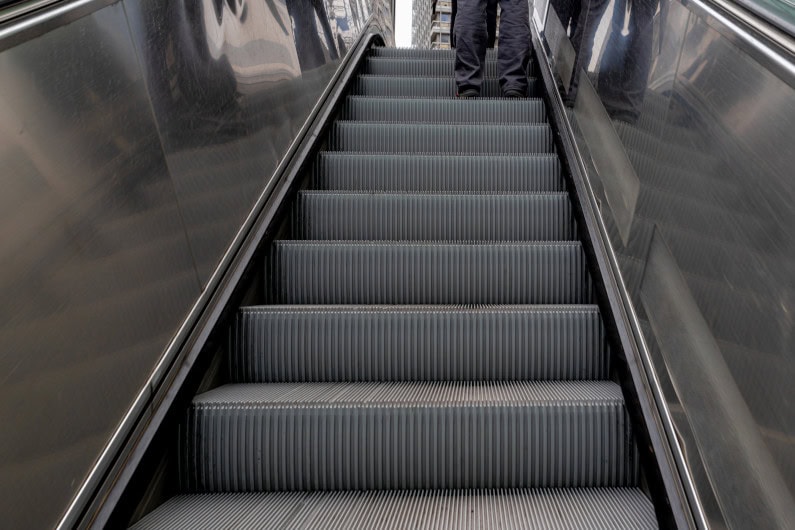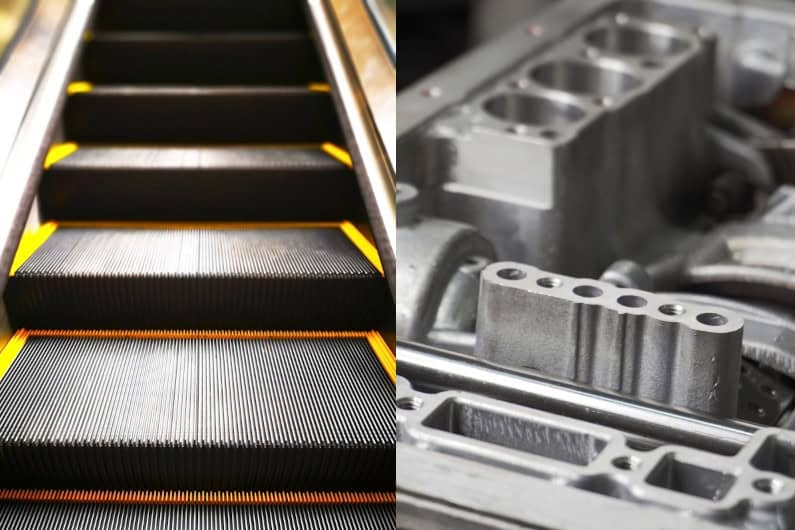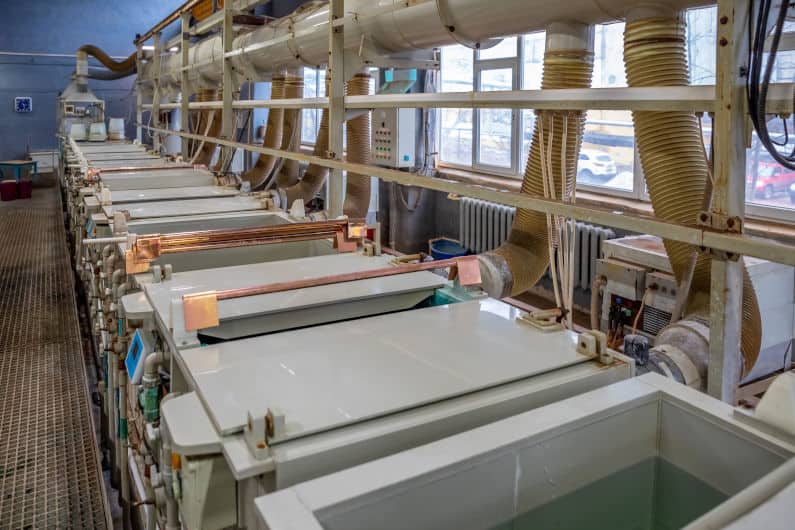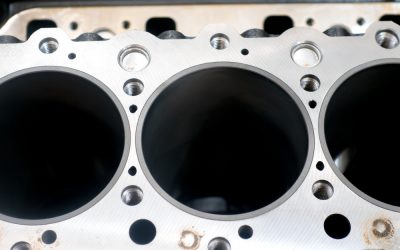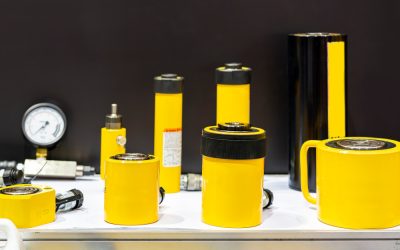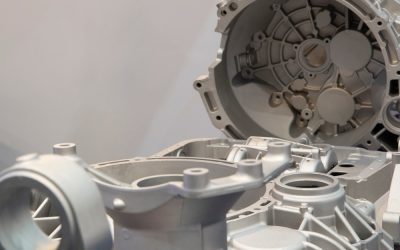518 aluminum is a die-casting alloy that design engineers specify as an alternative to A380. It allows them to cast components with enhanced corrosion resistance that are easy to anodize and machine. Are you interested in 518’s composition, applications, and suitability for your die-cast part?
Read on for essential information about the alloy and a comparison to A380 to help determine if it is the most appropriate choice for your component.
Table of Contents
Aluminum 518 Chemical Composition
This alloy has very low silicon content and is based on the aluminum-magnesium system. It is also copper restricted, which contributes to lower atmospheric corrosion. Here, you can see a breakdown of its alloying elements alongside A380.
| SL. No | Element | 518 | A380 |
|---|---|---|---|
| 1 | Copper (Cu) | ≤0.25 % | 3.0-4.0% |
| 2 | Iron (Fe) | ≤1.8% | ≤1.3% |
| 3 | Magnesium (Mg) | 7.5-8.5% | ≤0.1% |
| 4 | Manganese (Mn) | ≤0.35% | ≤0.5% |
| 5 | Nickel (Ni) | ≤0.15% | ≤0.5% |
| 6 | Silicon (Si)~ | ≤0.35% | 7.5-9.5% |
| 7 | Tin (Sn) | ≤0.15% | ≤0.35% |
| 8 | Zinc (Zn) | ≤0.15% | ≤3.0% |
![]()
There are two things to note about the alloy’s composition:
- The main alloying element is magnesium (7.5-8.5%). It contains significantly higher magnesium than A380 and very little silicon (≤0.35%), since it is based on the aluminum-magnesium system.
- As an aluminum-magnesium alloy, it offers high ductility and excellent finishing characteristics but poor resistance to hot cracking and die-filling capacity. (NADCA)
Mechanical Properties of 518 Aluminum
Engineers generally regard 518 as an alternative to A380, which can be used for components that are not highly intricate and need to be corrosion resistant or aesthetically appealing. Here are some key mechanical properties of the alloy.
| SL. No. | Description | 518 | A380 |
|---|---|---|---|
| 1 | Hardness, Brinell | 80 | 80 |
| 2 | Tensile Strength,Ultimate (MPa) | 310 | 324 |
| 3 | Tensile Strength, Yield (MPa) | 193 | 159 |
| 4 | Elongation % in 2in. (51mm) | 5.0% | 3.5 |
The 518 alloy is easy to anodize, which can further enhance its corrosion resistance and appearance, and it is highly machinable. However, it offers very poor pressure tightness and die-filling capacity.
Physical Properties of 518 Aluminum
Here are some key physical properties of the alloy.
| SL. No. | Description | 518 | A380 |
|---|---|---|---|
| 1 | Thermal Conductivity (W/m °K) | 96.2 | 96 |
| 2 | Electrical Conductivity %IACS | 25 | 23 |
High thermal conductivity in aluminum alloys, like 518, enhances their suitability for die-casting applications, particularly in industries where effective heat dissipation is essential for maintaining performance and durability. (MDPI)
Applications of the 518 Aluminum Alloy
Some of the most common applications of the 518 alloy are:
- Escalator and Conveyor Parts
- Architectural Castings
- Marine and Aircraft Hardware Fittings
So, how does this alloy compare to A380, which is widely considered the ‘default’ casting alloy?
518 vs. A380
518 is an aluminum-magnesium system alloy, while A380 is based on the aluminum-silicon system. The 518 alloy has very low die-filling capacity and resistance to hot cracking, and is less capable of making intricate parts. However, it has superior corrosion resistance and is much easier to machine, polish, and anodize. (NADCA).
Surface Finishing for This Alloy
518 is one of the easiest casting alloys to surface finish—it can be polished or anodized more readily than others. This makes it better-suited for applications that require higher corrosion resistance or aesthetic appeal.
Need a Second Opinion?
At Gabrian, we produce custom die-cast components in India and can recommend alloys for your part. Contact us today to discuss the details of your project, and we’ll be happy to provide you with a review and quote. Learn more about our die casting services.

